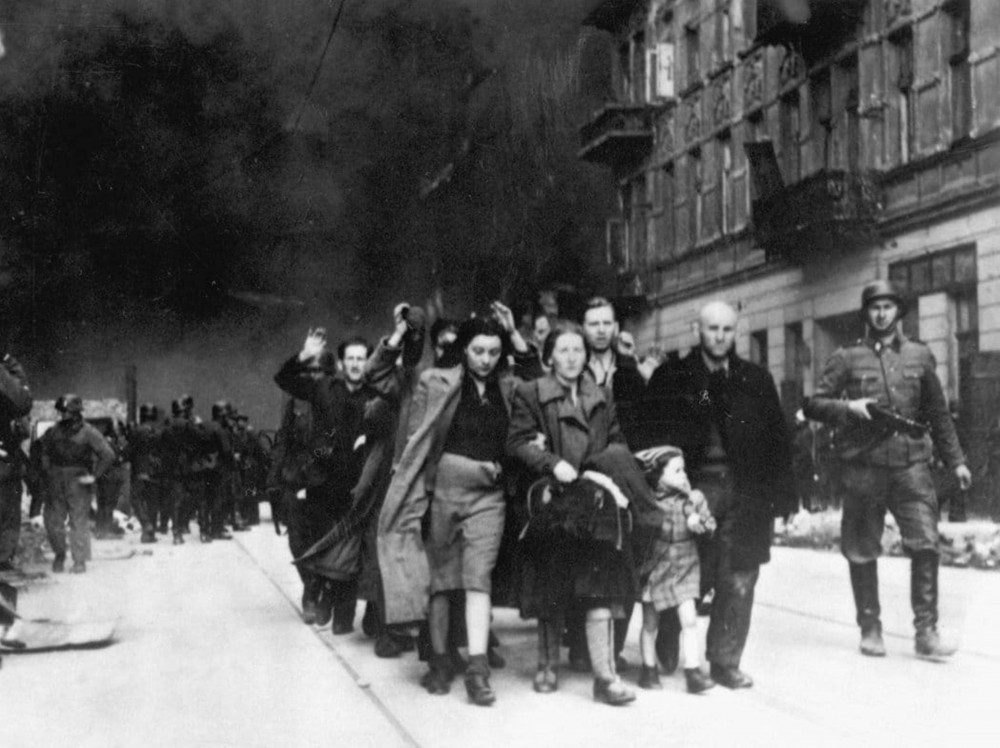
The purpose of the research is to analyze the history of the establishment and functioning of the ghetto in Rivne (1941-1942) and, based on the analysis of historiography and sources, to reconstruct the suffering and living conditions of ghetto prisoners. The research methodology is based on the principles of historicism, objectivity, and multifactorial analysis. The research uses general scientific and special historical methods, including the methods of scientific criticism, oral history, and archival heuristics. Scientific novelty. This article is the first specialized scientific study in the Ukrainian historiography on the establishment and functioning of Rivne ghetto. The research was performed based on the analysis of archival data (Ukrainian and foreign), in particular of those materials that have been introduced into scientific circulation for the first time. Conclusions. The implementation of the Holocaust necessitated the use of anti-Semitic measures, including the segregation of Jews in certain places — ghettos. Rivne ghetto existed for about eight months from the end of 1941 to the middle of July 1942. It was the open-type ghetto, from where Jews could go to work. The prisoners of the ghetto were the Jews who managed to escape the execution of about 17.5 thousand Rivne Jews in Sosonky forest in November 1941. At different times, the number of Jews in the ghetto was different. The biggest number of more than 5.4 thousand was before the liquidation of the ghetto on July 13-14, 1942. Then, the Holocaust victims were taken to Kostopil and shot. Local police collaborators also took part in this criminal act. Being in the ghetto caused both physical and psychological suffering to the victims. When being relocated to the ghetto, the Jews could not take their belongings with them, as their property had already been confiscated, and government officials and locals had moved into their abandoned homes. The registration was carried out in order to obtain information on the exact number of Jews, which facilitated the implementation of further anti-Jewish steps. The characteristic features of living in the ghetto were overpopulation, hunger, cold, unsanitary conditions, physical, psychological and sexual abuse. Jews had to work hard. Labor discrimination was often combined with religious discrimination when they were forced to work on holy days. This work gave them only a ghostly chance of survival.
Source: Mychalchuk R. (2022). Establishment and functioning of Rivne ghetto. Intermarum: istoriya, polityka, kulʹtura. 10: 73-91
Source web-site: http://intermarum.zu.edu.ua/article/view/260420/256759
Number of views: 1949